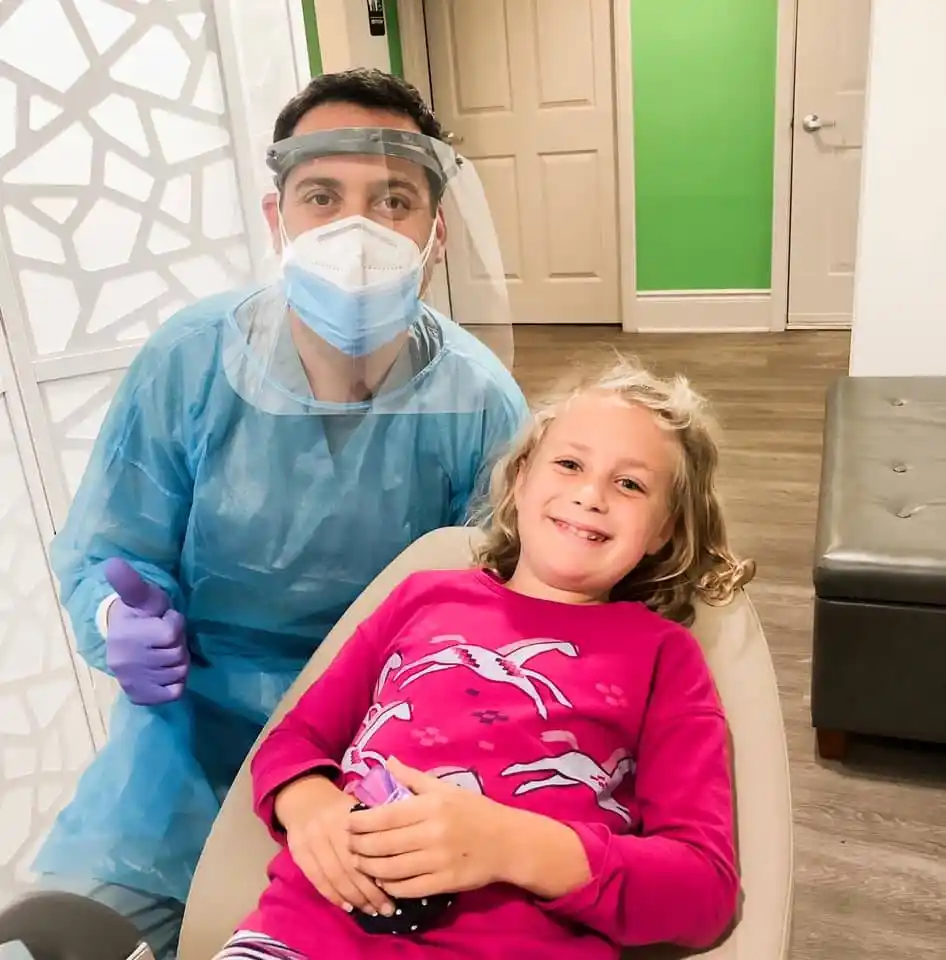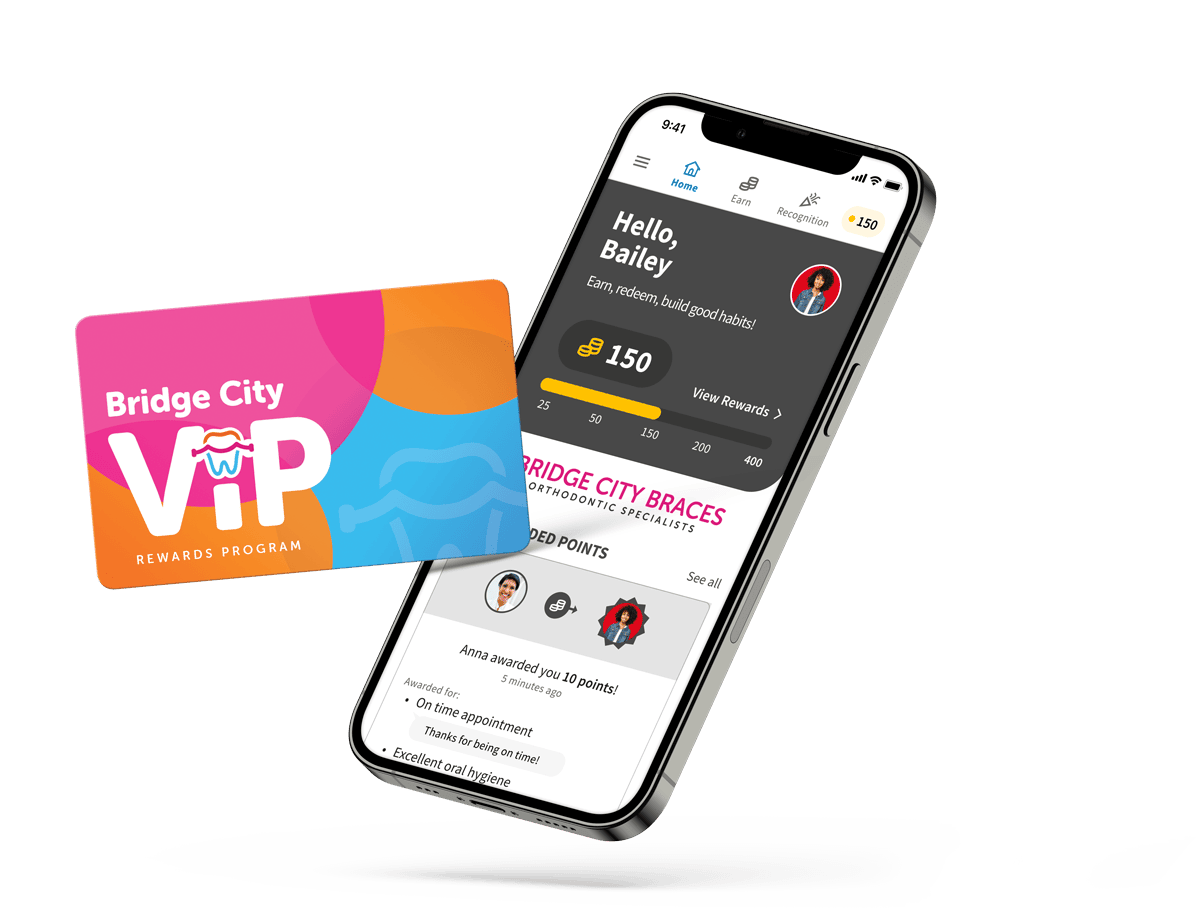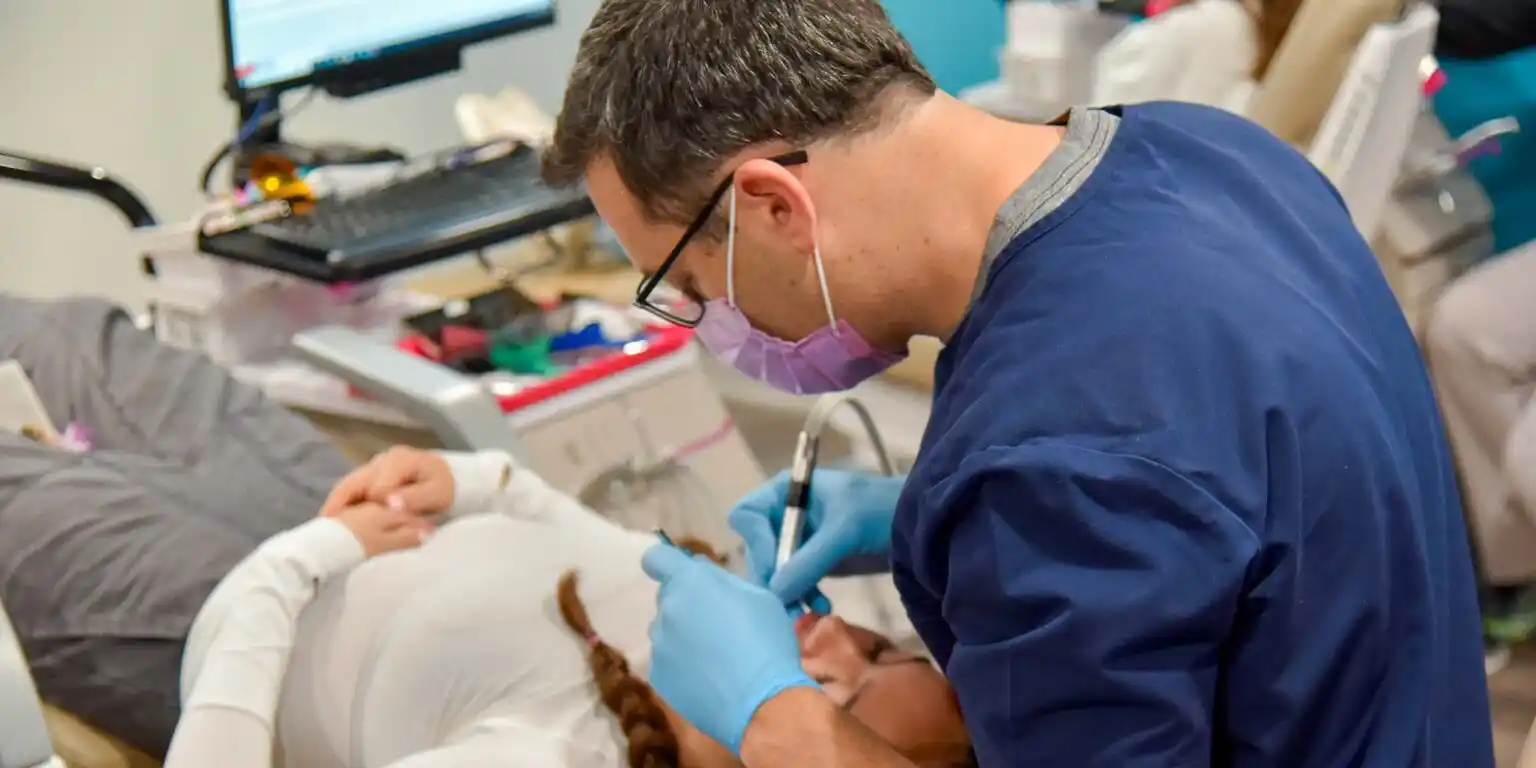At Bridge City Braces, we understand that achieving a beautiful smile is just the beginning of your orthodontic journey. Retainers play a crucial role in maintaining the results of your orthodontic treatment, ensuring that your teeth remain in their new, aligned positions. Our team is dedicated to providing you with the best retainer options and guidance to keep your smile looking its best for years to come.
Our Retainer Plan
- For just $795, you can enroll in a retainment program for LIFE.
- Up to 4 sets of retainers a year for 10 years. *payment plan eligible*
- $159 down, 4 monthly payments of $159
Types of Retainers
Removable Retainers
Removable retainers are a popular choice for many patients due to their convenience and ease of use. These retainers are custom-made to fit your teeth and can be easily taken out for eating, brushing, and flossing. The most common types of removable retainers are Hawley retainers, which consist of a metal wire and acrylic base, and clear plastic retainers, like Essix, which are virtually invisible. Removable retainers are ideal for those who want flexibility and the ability to maintain excellent oral hygiene.
Fixed Retainers
Fixed retainers, also known as bonded or permanent retainers, are attached to the back of your teeth using a thin wire. These retainers are typically recommended for patients who have had significant orthodontic corrections or are at a higher risk of teeth shifting. Fixed retainers provide continuous support without the need for daily removal, making them a reliable option for long-term retention. However, they do require careful cleaning to prevent plaque buildup.
Retainer Instructions
Proper care and maintenance of your retainer are essential to ensure its effectiveness and longevity. Here are some important instructions to follow:
- Consistency is key. Follow your orthodontist’s instructions on how often to wear your retainer to prevent teeth from shifting.
- For removable retainers, clean them daily with a soft toothbrush and mild soap or a retainer cleaner. Avoid using hot water, as it can warp the plastic. For fixed retainers, use floss threaders or interdental brushes to clean around the wire.
- Always store your removable retainer in its case when not in use to prevent loss or damage. Avoid wrapping it in napkins or leaving it exposed, as it can easily be misplaced or broken.
- If you have a fixed retainer, be cautious with hard, sticky, or chewy foods that could damage the wire.
- Always bring your retainer to any appointments. If at any point it does not fit, do not try to force it and please contact our office to let our team know.
FAQS
What is a retainer?
Why is it important to wear a retainer?
How long do I need to wear my retainer?
How do I care for my retainer?
What can I eat while wearing my retainer?
What should I do if I break my retainer?
Will wearing a retainer affect my speech?
Why should I choose Bridge City Braces for my retainer?
At Bridge City Braces, we are committed to helping you maintain your beautiful smile. If you have any questions or need assistance with your retainer, don’t hesitate to contact our team. We’re here to support you every step of the way!



